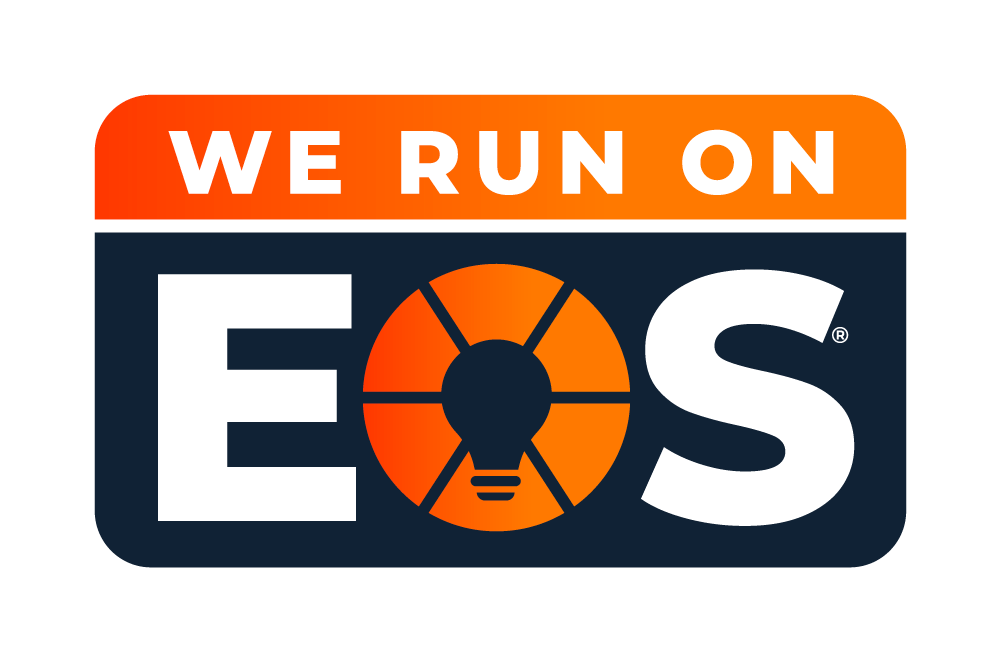Building a new website for your business can be a daunting task whether you’re creating one from the ground up or updating an existing site. Without proper preparation and processes in place, a company can find itself in a situation where the end result either doesn’t solve the issues they were experiencing or creates new issues that could have been prevented. Here are a few items to incorporate when embarking on a new website project.
User Definitions and Roles
In a perfect world, everyone would come to your site knowing exactly what to do and where to go, and in some instances, this is the case. For the vast majority though, the success of your website comes down to your ability to identify your users and guide them to the information that is most pertinent to them. Once you’ve done this, you can then assign priority to them. When it comes time to design your layout and sitemap, you will know how to tailor and prioritize your informational pathways to best serve your users.

Sitemap Creation
The process of creating a sitemap is extremely valuable whether you’re creating a completely new website or updating an existing site. The main benefit of putting a sitemap together in either scenario is the ability to analyze the content of your site as a whole. Imagine your building a house and the sitemap is the blueprint – you want to plan how many rooms you have and the hallways in which to access them. In this analogy, the rooms are your pages and the hallways are the links a user would need to click through to get to each page. This is also a good time to audit your content, as you may find opportunities to consolidate or even eliminate unnecessary pages. Some online sitemap tools include: Gloomaps, Flowmapp and Slickplan.
Wireframing
Once you’ve identified your users and created your sitemap, the next step is wireframing. A wireframe is simply a graphical representation of the placement and structure of the content on any page within your website. Stylistic elements are typically left out as the goal is to establish priority and visibility for each of the content areas on the page. At this stage, you’ll want to consider the User Experience (UX) and User Interface (UI) elements needed to guide your users to the content that is relevant to them. Actual copy can be used for placement or you can note the type of content needed (i.e. “Intro Call to Action). During this process, you will also want to take into consideration what content is placed at the top of the page and how far users will need to scroll to see pieces of content that may be of lesser priority.
With the proper execution of each of these steps, you will be ready to move into the design phase of your website and craft an engaging and efficient user experience.
At Mercury Creative Group, we utilize a discovery process to uncover your digital goals, website performance issues, user insights/behaviors and provide an actionable work plan to design and build a responsive website to bolster your online presence.



